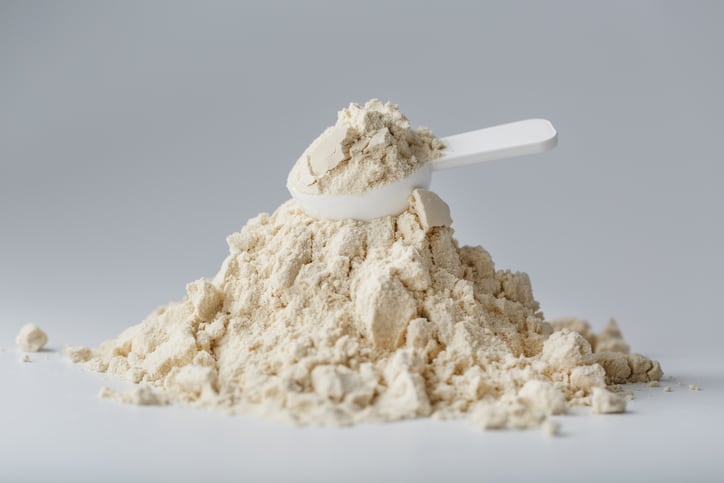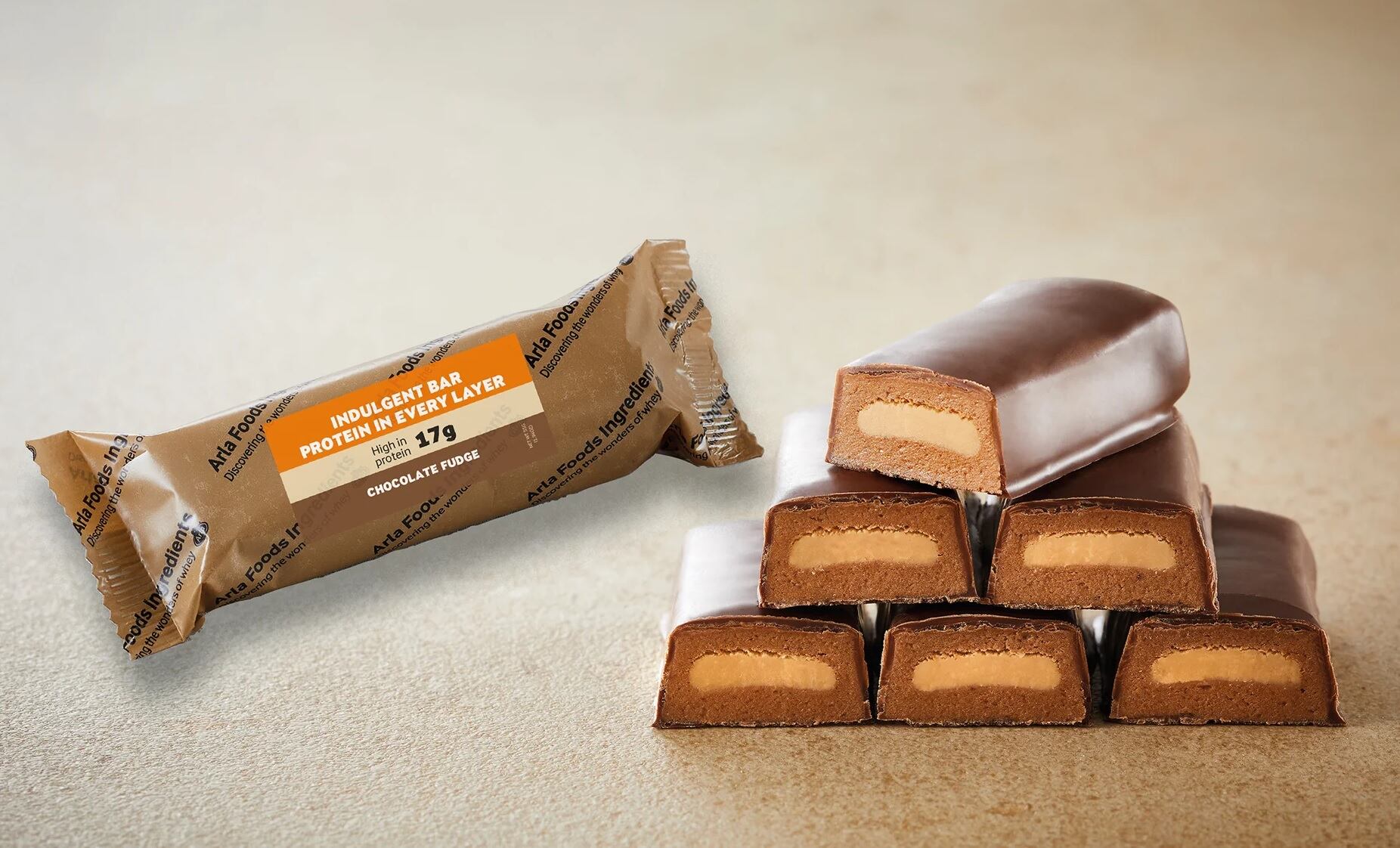Just this week, Starbucks launched a protein foam add-on option and a line of lattes with protein-boosted milk. The offering is part of the coffee giant’s strategy to drive innovation and modernize its menu, a spokesperson from Starbucks said, adding a reference to a blog post that stated, “Our new protein beverages tap into the growing consumer demand for protein in an innovative, premium and delicious way.”
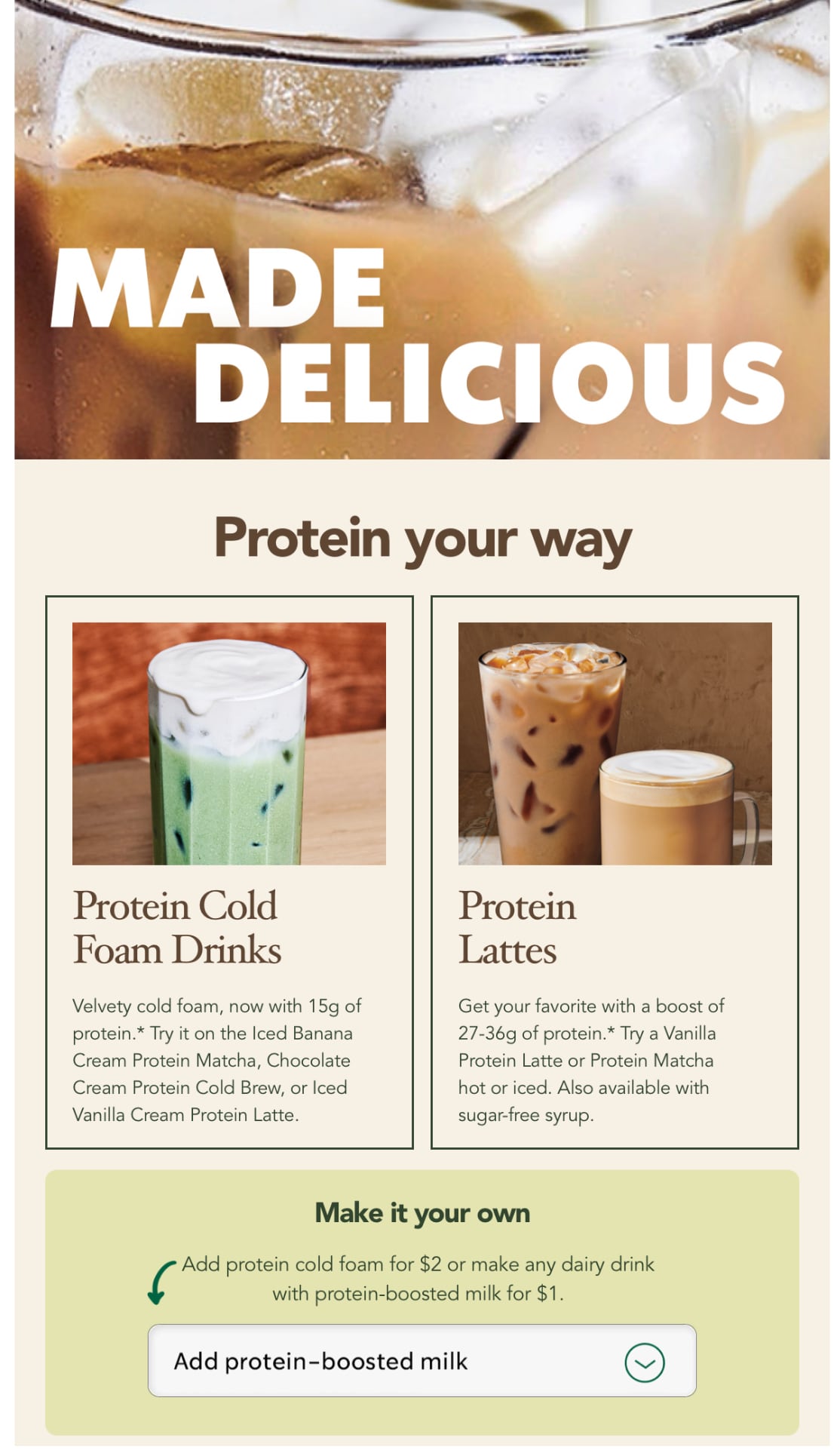
Market research firm SPINS has been tracking this trend for several years, with the data showing that products with 20 grams or more protein are experiencing stronger growth than lower protein level products. For instance, Shelf Stable Chips & Pretzels & Snacks saw 19% growth in the high protein segment, outpacing the total category, but breaking this down by protein amount revealed that 10-15 grams of protein saw a 5.6% increase, while products boasting 15-20 grams of protein experienced 20.7% growth. The 20-25 grams or protein per serving segment saw the biggest response with a 38.2% jump.
“When looking at the data, what stood out was products that specifically have 20 grams of protein or more are doing fairly well across multiple categories—a signal that consumers are showing interest in these products,“ said Evonne Chan, senior market insights analyst, SPINS. ”They don’t want just some protein, they want a lot of it."
Shelf stable coffee and hot cocoa are up 5.4% overall, with the 20-25g protein segment increasing by 30.6%. Even though shelf stable cookies experienced just 1% growth, the cookie with 20-25 grams of protein received a 50.8% boost.
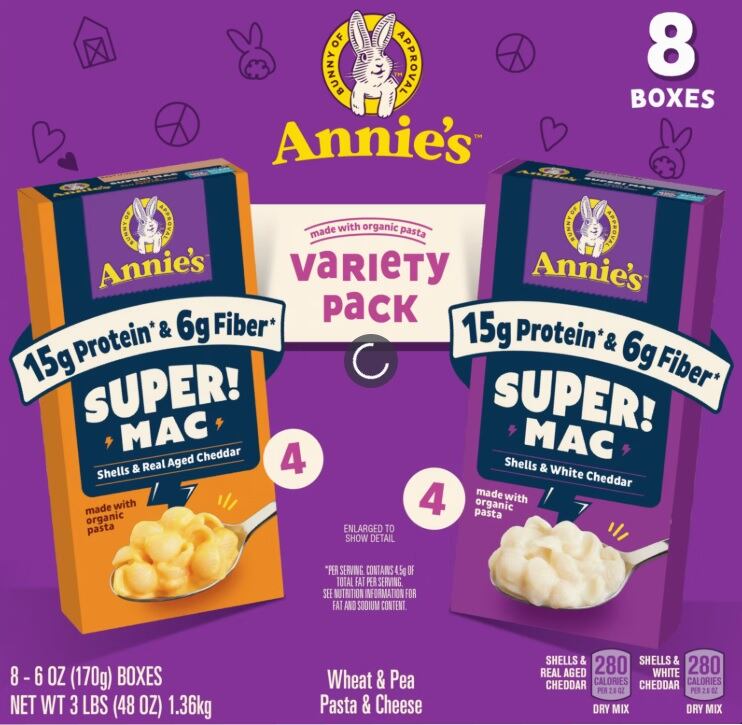
While most protein categories display modest year-over-year dollar growth, though some, like Shelf Stable Tea & RTD Coffee RTD show a 15% decline. Despite the drop, this segment still brought in over $792.8 million—more than any other RTD or shelf-stable drinks or snacks in SPIN’s comparison.
Even with the growing number of new and innovative formats, protein meal replacements both saw growth, with liquid formats up 13.9% and powder up 11% this past year.
Protein in every aisle
“Protein continues to be one of the most dynamic categories at The Vitamin Shoppe and Super Supplements, with momentum accelerating through 2025,” said Jack Gayton, vice president and general merchandise manager at The Vitamin Shoppe.
Gayton told NI that the protein bars and snacks segment has increased by almost 30% year-to-date, with RTD protein products up over 25%.
“This has been offset in part by lower protein powder sales, down in the low single digits recently, but the protein category as a whole remains one of this year’s standout growth stories for us,” he said.
Bars, drinks surpass powders
“Bars and drinks are outpacing powders for the first time in years, with innovation, great taste and sharp macros driving momentum in these categories,” Gayton said. “Protein continues to dominate wellness routines, but RTDs have emerged as a convenient alternative to the shaker cup, highlighting changing consumer patterns and a growing demand for grab-and-go options.”
According to Nicolletta Payne, senior buyer for the protein category at The Vitamin Shoppe, the new David bar is now the #1 selling bar out of 30 different brands. David, which first launched at The Vitamin Shoppe this year, offers category-leading macros: 28 grams of protein, 150 calories and 0 grams sugar.
Barebells also continues to excel in the bars category, up nearly 100% year-to-date at The Vitamin Shoppe, Payne said. “Known for indulgent flavors such as caramel cashew, salted peanut caramel, key lime pie and chocolate dough, Barebells exemplifies how great taste combined with nutrition can help dominate a category.”
Built Puff bars are also coming in strong, Payne said. “They have a delectable marshmallow-style texture and blend whey and collagen proteins for a softer bite. The bar quickly reached the #5 spot at The Vitamin Shoppe this year.”
Beyond bars, Payne said the protein snack category is exploding as consumers seek better-for-you replacements for salty chips and sweet treats.
One prime example is Quest. The company first entered the protein cookie space in 2018.
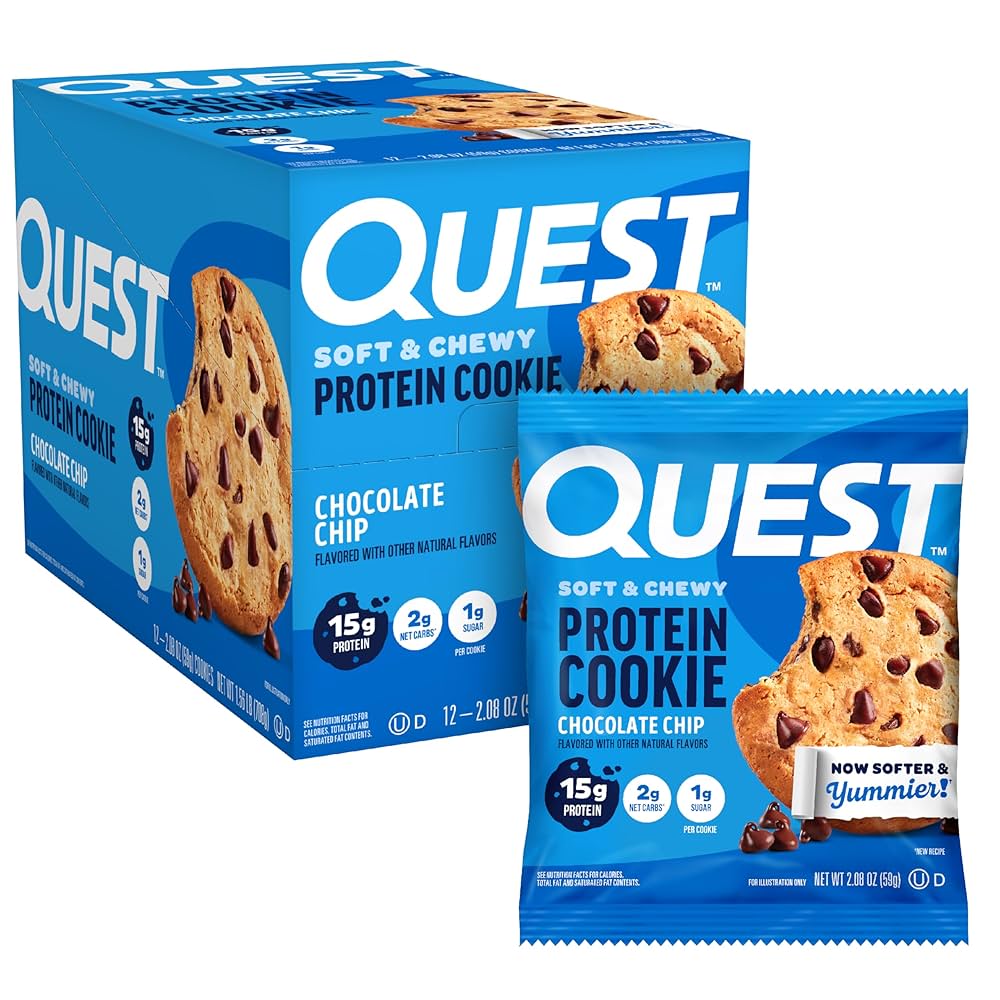
“At the time, consumer awareness around the importance of protein wasn’t as widespread as it is today, but there was already a strong base of informed consumers eager to boost their protein intake and explore options beyond traditional formats like bars and shakes,” said Stuart Heflin, senior vice president and general manager at Quest Nutrition.
When Quest first launched protein cookies, consumers were thrilled to see their protein options expand, Heflin said. Since then, Quest has introduced a myriad of other protein forward products, from Tortilla-Style Protein Chips to Peanut Butter Cups to Bake Shop Muffins and Brownies.
Payne said Quest products are also top-sellers at The Vitamin Shoppe. The brand continues to roll our new products and flavors, she said, such as its Spicy Sweet Chili Tortilla Style Protein Chips and Hot & Spicy Tortilla Style Protein Chips.
For snackers with a sweet tooth, Payne highlighted the recent launch of Vaughn’s chocolate-covered Protein Pretzels that deliver 12 grams of protein and 1 gram of sugar per single-serving bag.
Treat yourself
There are several drivers connected to the high-protein macrotrend, said Birgitte Kynde Ravn, industry marketing manager at Arla Foods Ingredients (AFI).
“Protein can offer consumers permission to indulge, especially in categories like snacks and desserts,” she said.
AFI, which introduced its protein soda concept earlier this year, said it was inspired by the need for a tailored response to the ‘better-for-you’ soft drinks trend.
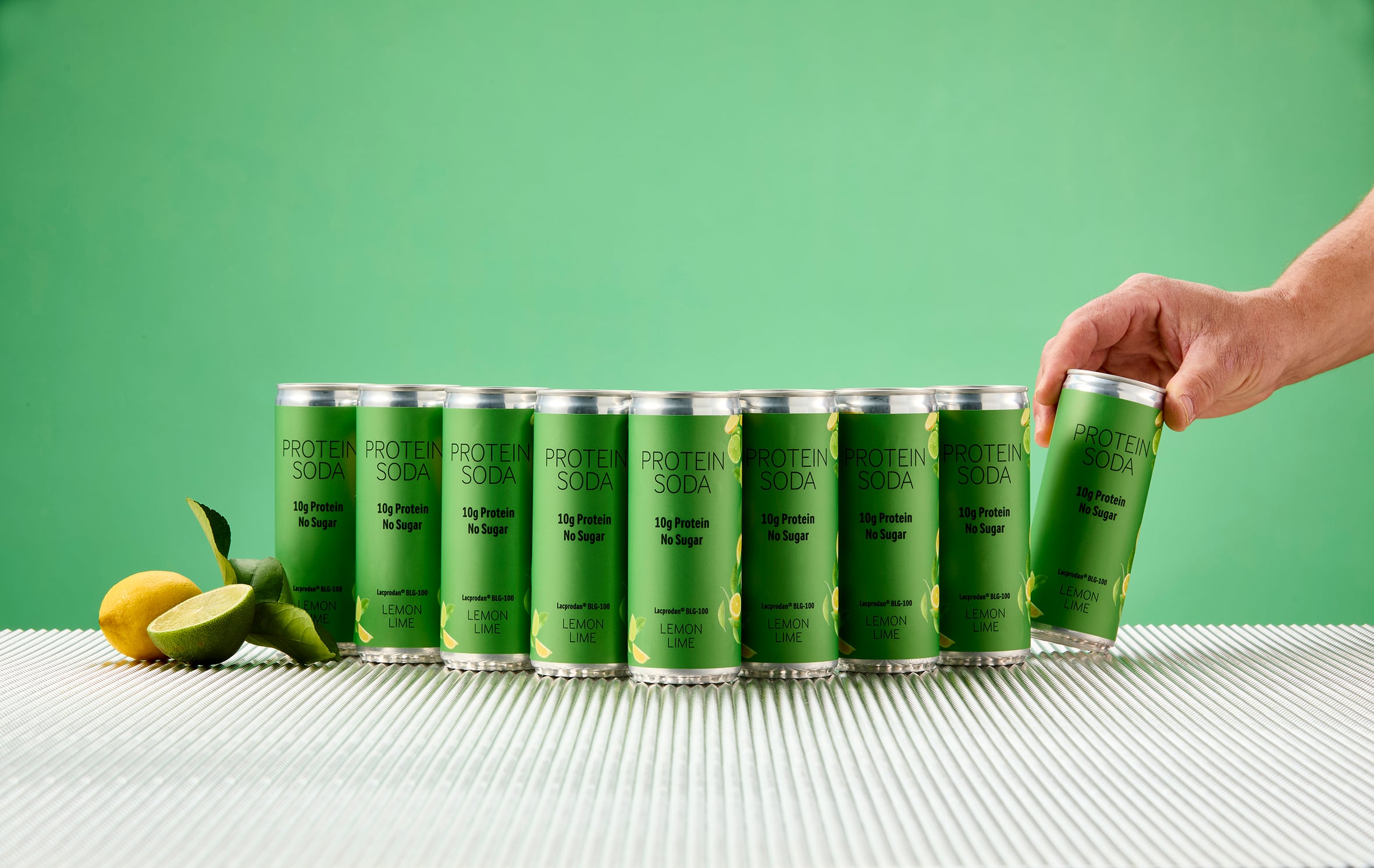
“Consumers are increasingly seeking functional beverages that support active, balanced lifestyles, which often means replacing traditional sugary sodas with healthier alternatives that satisfy a craving without piling on the calories,” Ravn said. “There’s also huge demand for beverages containing healthy functional ingredients, among which protein is obviously one of the most familiar.”
A continuing shift in focus among brands is from quantity to quality, she added, noting a growing demand for proteins that work well in combination with other functional ingredients such as caffeine, magnesium or zinc to enable additional health claims.
Protein category feels weight of GLP-1s
The rise of GLP-1 weight loss medications are also having an impact on the way consumers eat, as users aim to shed the pounds without losing muscle.
“Protein has an important role to play in giving nutritional support to people using Anti-Obesity Medication (AOM) because it can improve the food and beverages that go with it,” Ravn said. “AOMs often reduce appetite, which means they need quality nutrition that will keep them healthy and maintain lean muscle mass. Protein also increases satiety so it can extend the AOMs’ benefits.”
Ascent, maker of Ascent’s Iced Coffee + Protein, is also taking notice of the impact GLP-1s is having on protein intake.
“With the rise of GLP-1 medications and more and more consumers looking for easy ways to add more protein to their diet, having a product that gives you both your morning caffeine as well as protein in a flavor that is a morning staple is something consumers are loving,” said Jeremy Sweeney, general manager of Ascent.
“This category will continue to grow,” he added. “It has gone viral on TikTok and we don’t see this high-protein trend going away any time soon. As a brand, we are excited to continue working on new, limited-edition flavors.”

